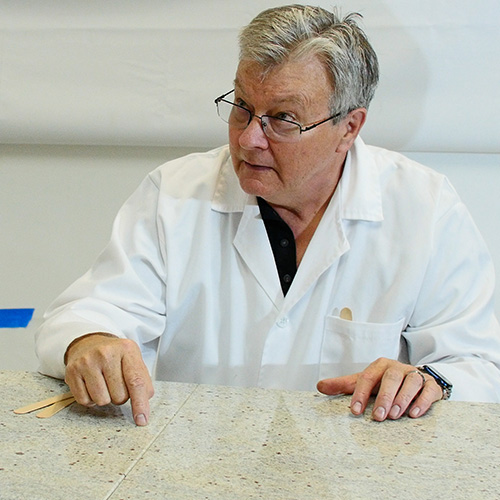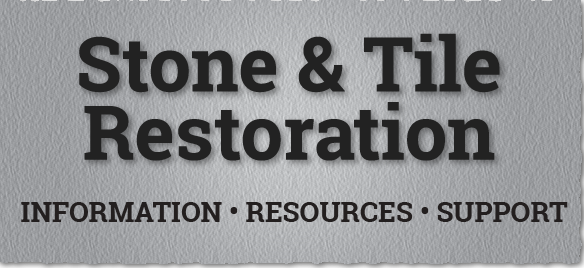How to Work with Insurance Companies
Understand the Role of Insurance in Restoration Work
Get Familiar with the Claims Process
To work effectively with insurance companies, you need to understand the basics of how claims work. Here’s a simplified rundown:
- The policyholder files a claim for damages.
- The insurance company sends an adjuster to evaluate the damage.
- The adjuster may request a professional assessment or quote from a contractor.
- The insurance company approves or denies the claim based on the policy coverage.
- If approved, the contractor is hired to complete the restoration work.
Being familiar with this process helps you anticipate what the adjuster and insurance company will need from you.
Build Relationships with Adjusters
Adjusters are the key players in the insurance claims process. They are the ones who evaluate the damage and recommend whether the claim should be approved. Building a good rapport with adjusters in your area can significantly increase your chances of being called for future jobs. Here’s how to foster those relationships:
- Be professional and responsive when working on claims.
- Provide detailed, accurate assessments and quotes.
- Follow up promptly when adjusters request information.
- Offer to educate adjusters on stone restoration if they’re unfamiliar with the field.
- A positive working relationship with adjusters can lead to repeat business and referrals.
Provide Detailed Assessments and Estimates
When working with insurance claims, your ability to document and communicate clearly is critical. Insurance companies rely on your assessments to determine the cost of repairs. Here’s what to include:
- Description of Damage: Be specific about what’s wrong, such as cracks, staining, or etching. Include details about the type of stone and its condition.
- Cause of Damage: Explain the likely cause, whether it’s water damage, fire, impact, or another factor.
- Proposed Repairs: Outline your plan for restoration, including the materials, techniques, and timeline.
- Cost Estimate: Break down costs for labor, materials, and any other expenses.
- A well-organized report demonstrates your professionalism and makes it easier for adjusters to approve the claim.
Know the Policy Limits
Every insurance policy has its limits. Some might cover full restoration, while others may only pay for partial repairs or replacements. Before you start any work, clarify what the policy covers and whether there are any restrictions. Communicate these details to your client to avoid misunderstandings later.
Be Prepared for Negotiation
It’s common for insurance companies to negotiate prices or ask for alternative solutions. Be prepared to explain why your proposed methods and costs are justified. Highlight the long-term benefits of professional restoration versus cutting corners. Your expertise is your best bargaining tool.
Stay Organized and Document Everything
When dealing with insurance companies, documentation is everything. Keep records of:
- Communications with adjusters and clients.
- Photos of the damage before, during, and after repairs.
- Detailed invoices and receipts for materials and labor.
- Having a paper trail protects you in case of disputes and shows you’re a reliable professional.
Educate Your Clients
Many clients don’t fully understand how their insurance policies work, and they’ll look to you for guidance. While you can’t act as their insurance advisor, you can help by explaining what the claims process involves and what documentation you’ll provide. Setting realistic expectations helps build trust and ensures a smoother process for everyone involved.
Market Yourself as an Insurance-Friendly Contractor
Let local insurance agents, adjusters, and property managers know that you’re available to handle stone restoration claims. Create marketing materials that emphasize your experience with insurance work and consider hosting workshops or informational sessions to build awareness of your services.
Final Thoughts
Working with insurance companies can be a game-changer for stone restoration contractors. By understanding the claims process, building strong relationships with adjusters, and providing detailed, professional assessments, you position yourself as a valuable partner in restoring damaged stone surfaces. With a little effort and organization, insurance work can become a steady and rewarding part of your business.


